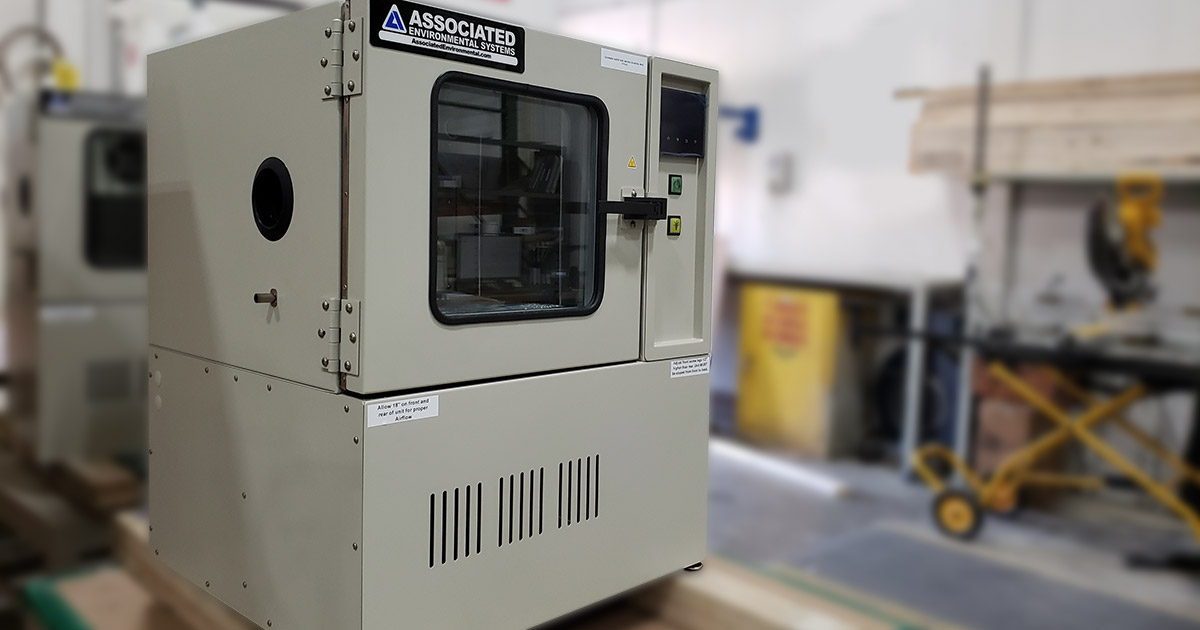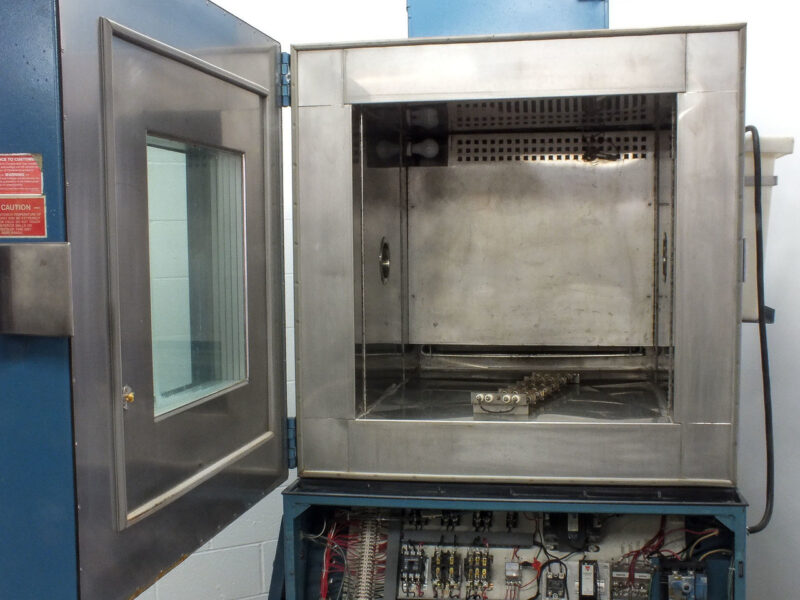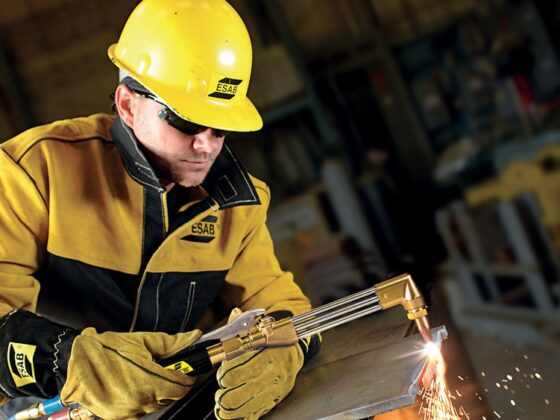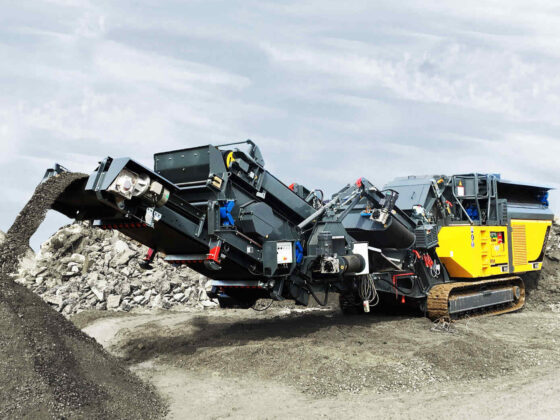As technology continues to advance, so too does how we can test products and materials. One such method is environmental test chambers, used to simulate the effects of nature on a given material or product.
This allows scientists and engineers to observe how their creations will function in real-world conditions without having to wait for natural events like heat waves or storms. Environmental test chambers have been around for decades but they are now becoming increasingly more sophisticated as the demands of modern industries become ever greater.
In this article, we’ll take a look at what these chambers are and how they work, exploring why they’re gaining popularity among businesses across all sectors today.
Understanding Environmental Test Chambers

Understanding environmental test chambers is essential for anyone looking to accurately assess the performance of their products and materials. By replicating natural conditions within a controlled environment, manufacturers can gain valuable insight into how their creations will react in various settings without having to risk exposing them directly to nature’s elements.
Through precise control over temperature, humidity, light exposure, and other variables, these specialized testing chambers allow scientists and engineers to measure material properties such as strength or durability while also evaluating product performance when exposed to extreme temperatures or high-pressure situations.
As technology continues to advance so too does our ability to understand more about the effects that nature can have on products and materials; understanding environmental test chambers is key in this process.
Types of Tests Performed with Environmental Test Chambers
Environmental test chambers can be used to perform a variety of tests on products and components.
These include temperature testing to measure the ability of a product to withstand extreme temperatures, humidity testing for corrosion resistance, altitude simulation for aerospace designs, solar radiation testing for outdoor equipment, and chemical compatibility tests to ensure that certain chemicals don’t damage sensitive materials.
The precise control over environmental conditions allows engineers and scientists to accurately predict how their products may react in real-world situations without having them exposed directly to nature’s elements.
This gives manufacturers the confidence they need before releasing their creations into the market or using them in applications where failure could have catastrophic consequences.
Environmental test chambers are becoming increasingly important tools as technology advances and demand from industry increases; understanding how these chambers work is essential when it comes to creating reliable products with long lifespans.

Challenges Associated With Testing in an Environmental Test Chamber
Testing in an environmental chamber can require a great deal of skill and knowledge, as the environment must be accurately simulated to replicate real-world conditions. In addition, testing must be conducted with precision and efficiency to achieve reliable results.
This poses several challenges for those performing tests in chambers that include dealing with extreme temperatures, maintaining tight control over humidity levels, avoiding contamination from foreign particles or organisms, conducting precise measurements within a short time frame, and ensuring safe operation of equipment during testing.
Furthermore, it is important to ensure that test materials are kept stable throughout the experiment so that accurate readings are not compromised by changes outside of the controlled environment.
Overall, these challenges associated with testing in an environmental chamber demonstrate why it is essential to have experienced professionals who understand all aspects involved when conducting such experiments.
Conclusion

Environmental test chambers are invaluable tools when it comes to simulating the effects of nature on products and components. By controlling temperature, humidity, vibration, dust loading, and many other environmental variables these test chambers allow engineers to see how their device will perform in various conditions.
This is especially important for battery testing equipment which must be able to operate consistently both indoors and outdoors in different temperatures.
Environmental test chambers provide a safe environment where engineers can accurately simulate the conditions their product may experience in the real world without risking damage or breakage from unexpected environmental factors.



